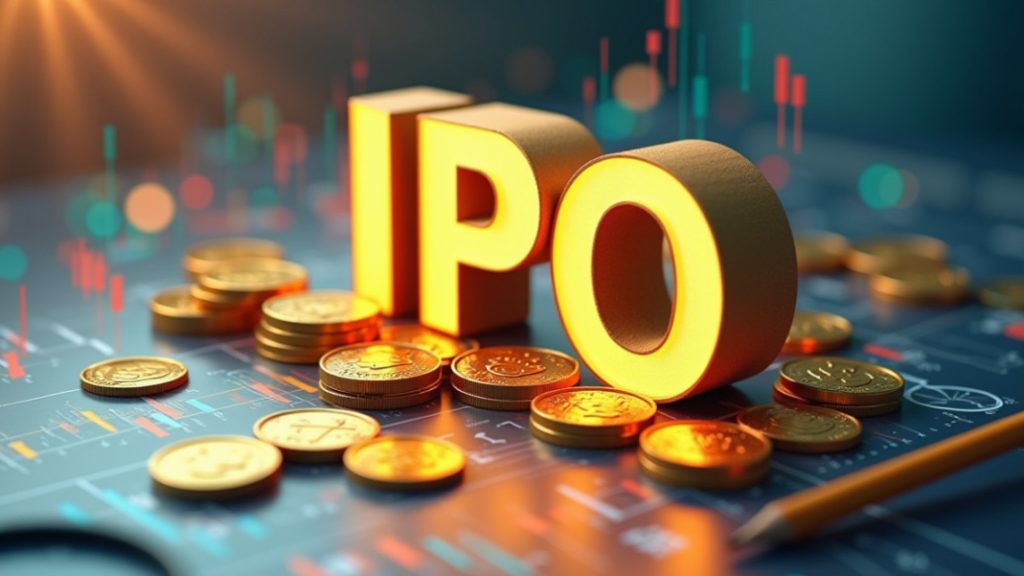Introduction
After a period of slowdown caused by macroeconomic uncertainty, inflation, and rising interest rates, the global IPO market is once again gaining momentum. In 2024 and 2025, a new wave of private companies—ranging from tech startups to green energy firms—are going public, driven by improving market conditions and investor appetite for growth opportunities.
However, the excitement around IPOs often comes with excessive valuations and short-lived hype. This article explores the forces behind the current IPO resurgence, the risks investors should be aware of, and which recent or upcoming IPOs may offer strong long-term potential.
1. What’s Fueling the Current IPO Boom?
Several factors are contributing to the revival of the IPO market.
1.1 Easing Financial Conditions
As inflation has started to moderate and central banks have slowed or paused interest rate hikes, investor sentiment has become more optimistic. This shift has reopened the window for public offerings that were previously postponed.
1.2 Pent-Up Demand from Private Markets
Over the past few years, many late-stage private companies delayed their IPO plans due to market volatility. With private valuations peaking and investors seeking liquidity, many firms are now pushing to go public.
1.3 Sectoral Tailwinds
Certain sectors—such as artificial intelligence, clean energy, fintech, and cybersecurity—are experiencing significant demand. Companies in these spaces are capitalizing on strong narratives to attract investor interest.
1.4 Rebounding Equity Markets
A recovery in stock indices has created a more favorable environment for IPOs, as higher valuations can be supported by investor optimism and risk-on behavior.
2. Risks Associated with the IPO Hype
While IPOs can offer early access to innovative businesses, they also carry significant risks that retail investors should carefully consider.
2.1 Overvaluation
Many companies go public with aggressive pricing, based on projected future growth rather than current fundamentals. If these expectations are not met, share prices can decline sharply post-IPO.
2.2 Profitability Concerns
A large number of IPO candidates, especially in the technology sector, are still unprofitable. Their business models may depend on future growth and scaling that may not materialize in a tighter economic environment.
2.3 Lock-Up Expiration Effects
After an IPO, insiders are typically restricted from selling shares for a period (usually 6 months). When these lock-ups expire, a wave of insider selling can exert downward pressure on the stock price.
2.4 Market Volatility
IPO stocks tend to be more volatile than established public companies. During periods of market correction or macro uncertainty, these newly listed firms may see larger swings in valuation.
3. How to Evaluate a Promising IPO
Investors should take a structured approach when analyzing a new listing. Key factors to consider include:
- Revenue growth rate and consistency
- Clear path to profitability
- Competitive advantage or differentiated product
- Quality and experience of management
- Alignment with long-term economic or technological trends
- Transparency and quality of financial disclosures
IPO prospectuses (S-1 filings in the U.S.) provide valuable insights into a company’s risks, revenues, and strategies.
4. Noteworthy IPOs to Watch in 2024–2025
Here are several recent or upcoming IPOs that are attracting significant attention from institutional and retail investors alike.
Stripe
A leading payments infrastructure company used by major global firms. It has a strong recurring revenue model and dominant position in online payments, though questions remain about valuation levels.
Databricks
A data and AI platform provider that is central to the modern data stack for enterprises. With the AI boom accelerating, Databricks is well positioned, though competition with other cloud providers is intense.
Rubrik
A cybersecurity company specializing in data security and backup solutions. Its partnerships with large enterprises and its positioning in a defensive sector make it attractive, especially in a volatile market.
Northvolt
A European EV battery manufacturer focused on sustainable production. As Europe seeks independence from Chinese battery supply chains, Northvolt is viewed as a strategic asset, but it is still in a high-capex phase.
Tempus AI
A healthcare technology company leveraging artificial intelligence for diagnostics and treatment optimization. Its applications in oncology and precision medicine make it a compelling but speculative play.

5. Strategies for Retail Investors
For individual investors interested in IPOs, it is essential to avoid the herd mentality and apply caution.
Wait for Post-IPO Stabilization
Many IPOs decline after their initial offering once the early excitement fades. Consider waiting for the company’s first earnings report or the end of the lock-up period before investing.
Start Small and Scale In
Avoid allocating large portions of capital to a single IPO. Use small, initial positions and add gradually based on performance and fundamentals.
Consider IPO-Focused ETFs
If you want broad exposure to new listings without picking individual stocks, IPO-focused ETFs such as the Renaissance IPO ETF or First Trust U.S. Equity Opportunities ETF can provide diversified access.
Do Your Own Research
Avoid investing based on brand name or media hype alone. Read prospectuses, listen to earnings calls, and evaluate key metrics like free cash flow, customer retention, and market share.
Conclusion
The current IPO boom reflects renewed investor confidence and a maturing pipeline of late-stage private companies ready to access public capital. While many of these IPOs offer compelling long-term growth stories, others may fail to meet the high expectations set by their valuations.
Investors should approach this wave of IPOs with a balanced view—recognizing the opportunities in innovation and disruption, but also the risks that come with immature business models and market exuberance.
By applying sound research, risk management, and patience, investors can identify IPOs that may evolve into tomorrow’s market leaders—without falling into the traps of short-term hype.

















































